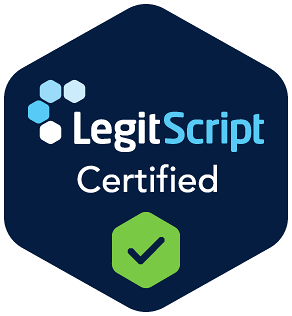It is now official – the opioid addiction crisis in this country is a national “Public Health Emergency.” After some confusion caused by verbal “national emergency” declarations by the president, a formal memorandum was signed on October 26th. How much difference will this make? I had the opportunity to express my opinion during an interview on NBC news. Because it was edited down to a sound bite of only a few seconds, I will elaborate here on what I think we can expect.
1. Substantial help from the government. This will have to occur at the State – not the Federal – level. Despite the fanfare surrounding the event, no new funds were allocated and the plans presented were not impressive. The report of the President’s Commission on drug addiction and the opioid crisis is scheduled to be released on November 1. The draft interim report made solid recommendations, albeit nothing new. The response to it by the administration, however, was not enthusiastic and I would, therefore, be surprised to see anything significant change after the release of the final report, no matter how good it is. On the other hand, states such as Maryland, under the leadership of their governors have already implemented plans which appear to be making an impact.
2. Progress will continue but may be obscured. The over-prescription of and overdose deaths due to prescription opioids has already been reduced. Other evidence of progress gets less attention because of the continued rise in overdose deaths fueled by fentanyl being added to heroin. This “third wave” of the opioid crisis has eluded effective intervention and is not likely to abate anytime soon. Unlike synthetic THC, for which the demand diminished after its dangers became apparent, fentanyl continues to attract users despite the widely publicized fatal impact it can have.
3. The pace of progress will depend on access to treatment. Evidence continues to build for the beneficial results when drug policy emphasizes treatment (“demand side”), while still attending to the need for law enforcement (“supply side”) without making it the dominant intervention. Decriminalization, for example, targets large-scale dealers rather than users who deal to support their habit. The best that can be said of the Trump interventions is that aside from driving out competent individuals, such as drug czar Michael Botticelli and Surgeon General Vivek Murthy, there has been no concerted effort to destroy ongoing treatment initiatives. People who would have represented obstacles to treatment, such as former HHS Secretary Tom Price (“Just substituting one drug for another.”) or briefly nominated drug czar Tom Marino, are gone. This leaves only DOJ Secretary Sessions to argue the case for a law enforcement focus.
